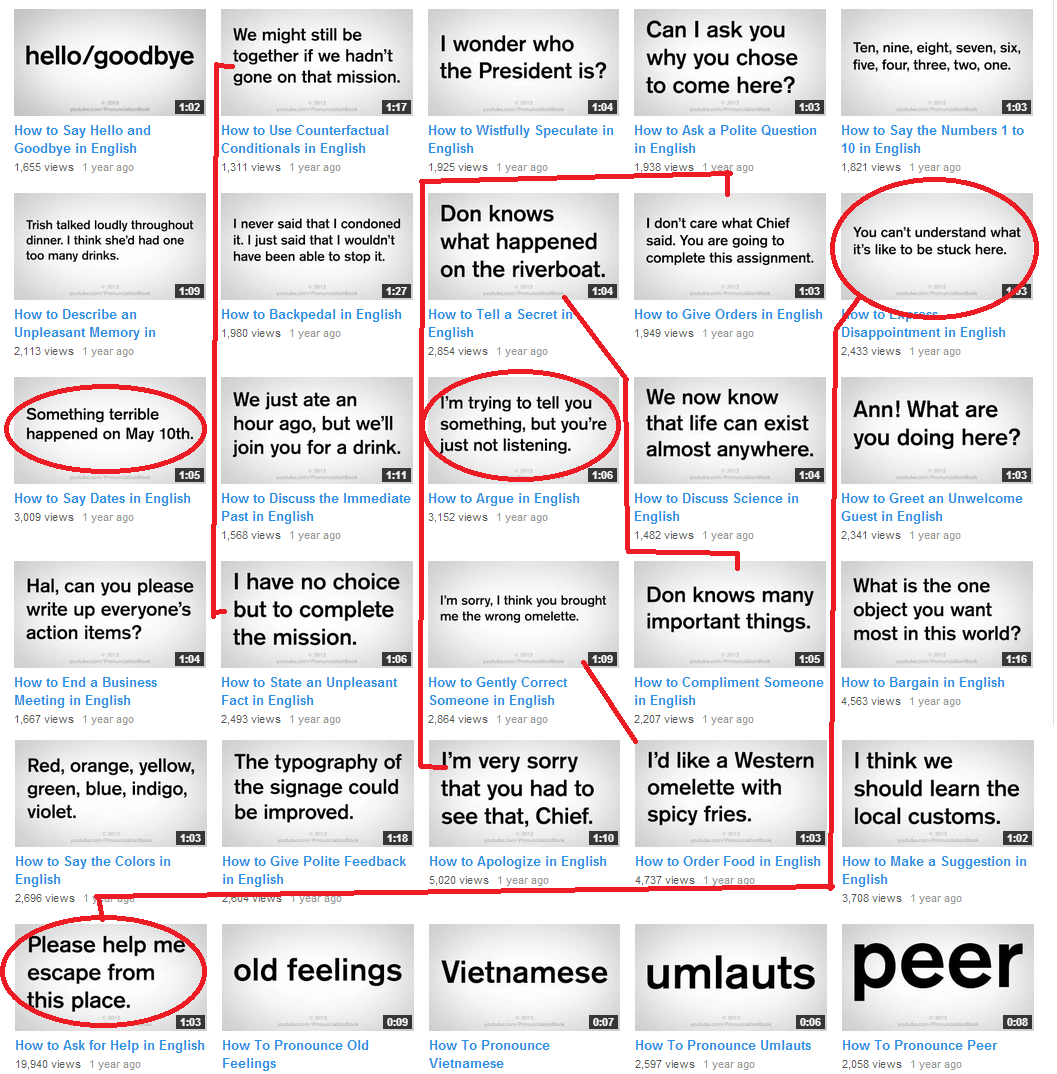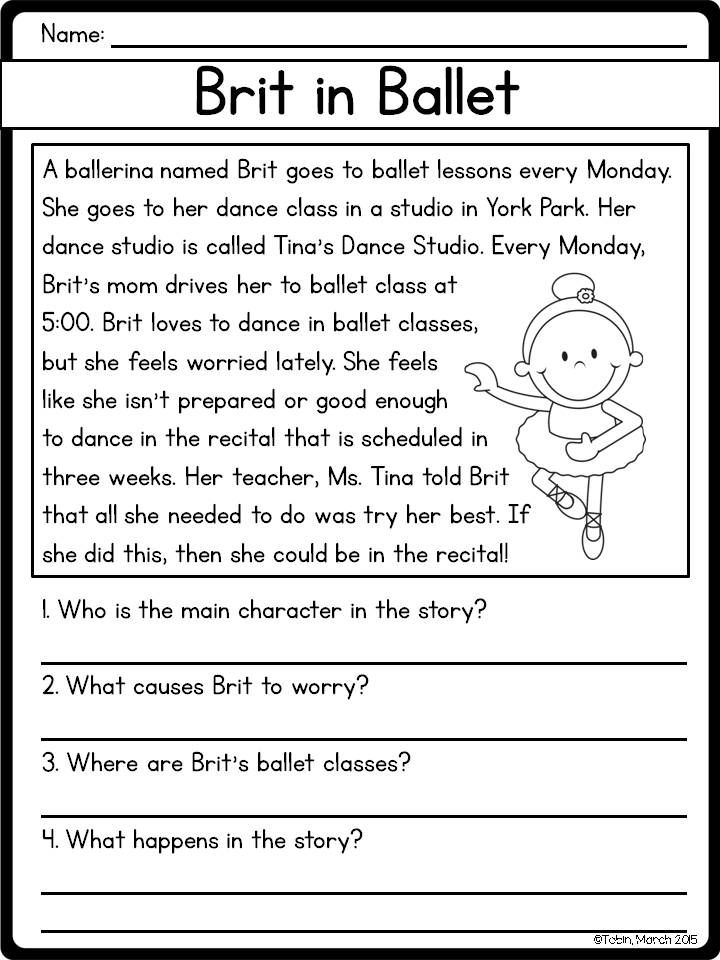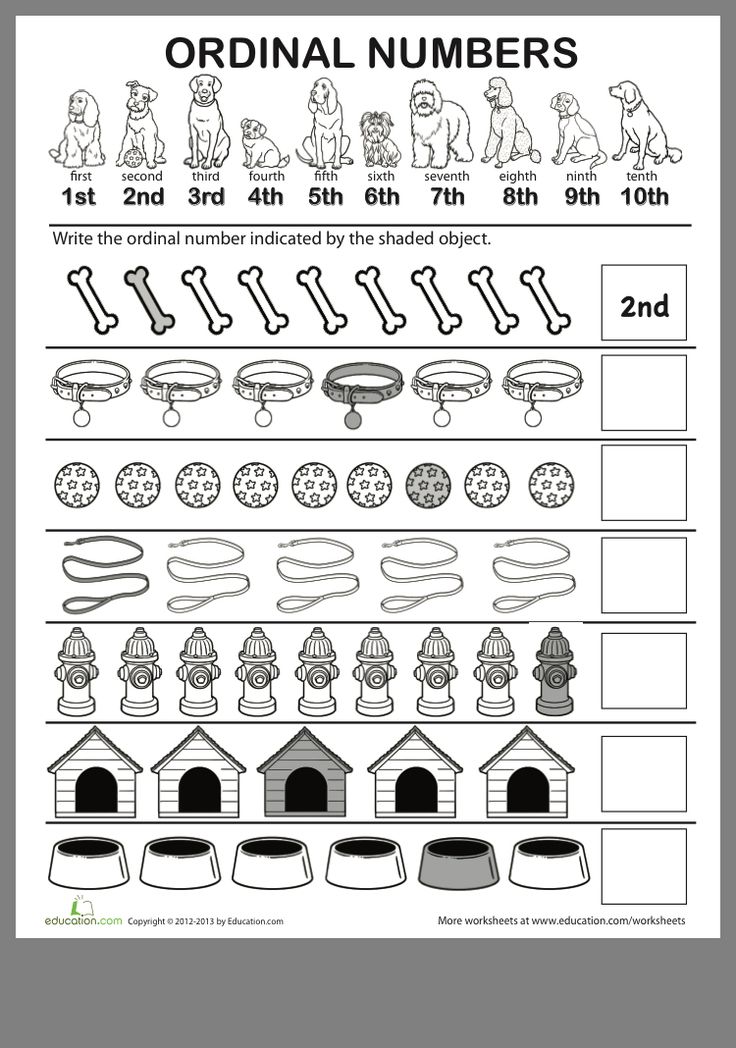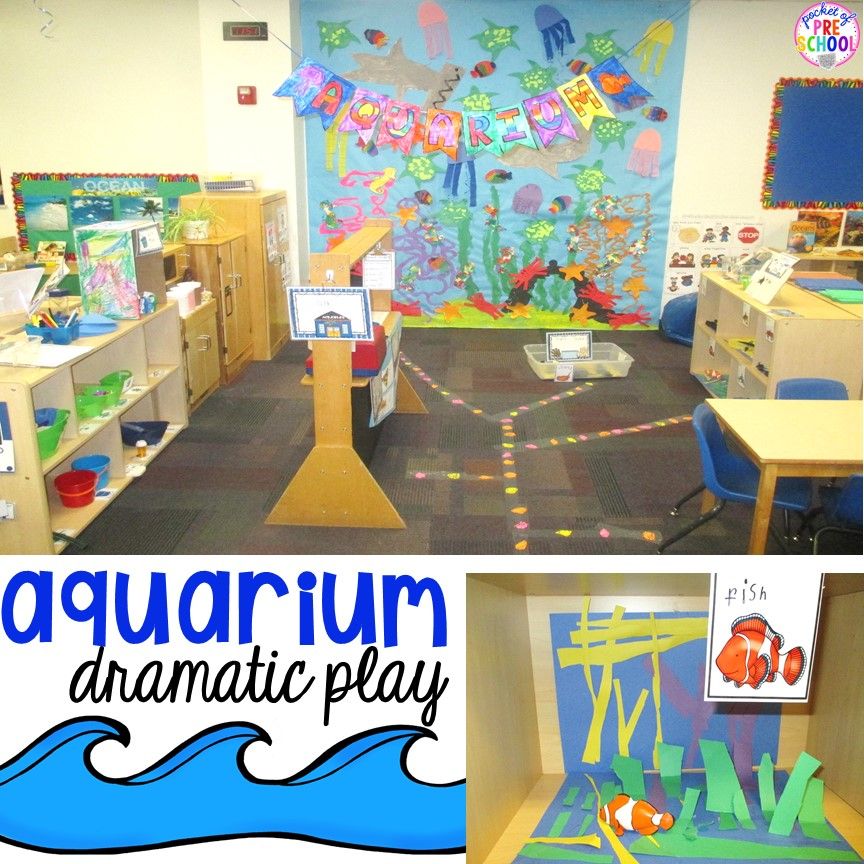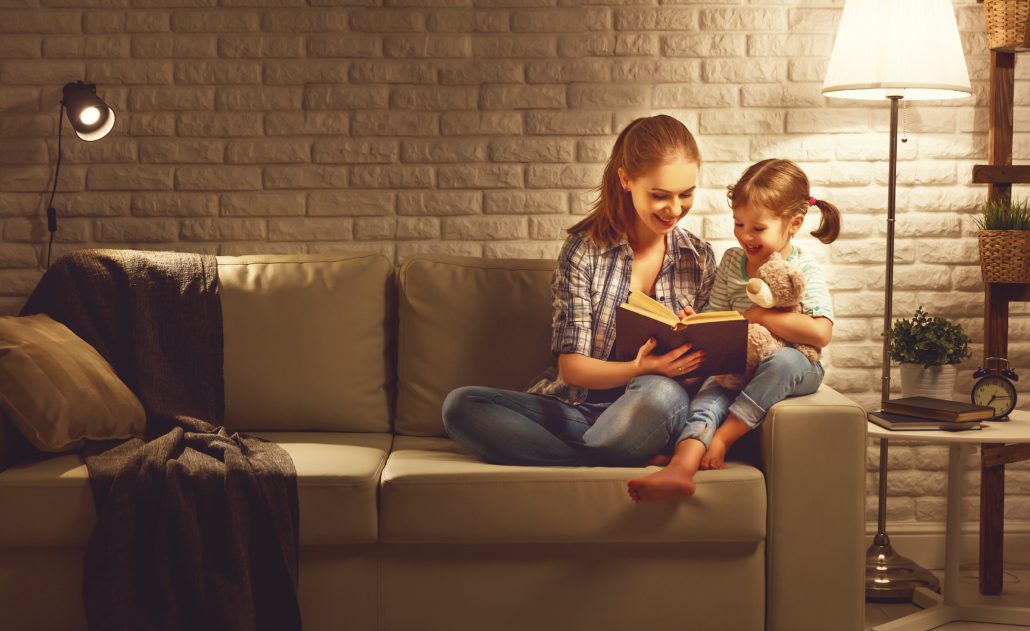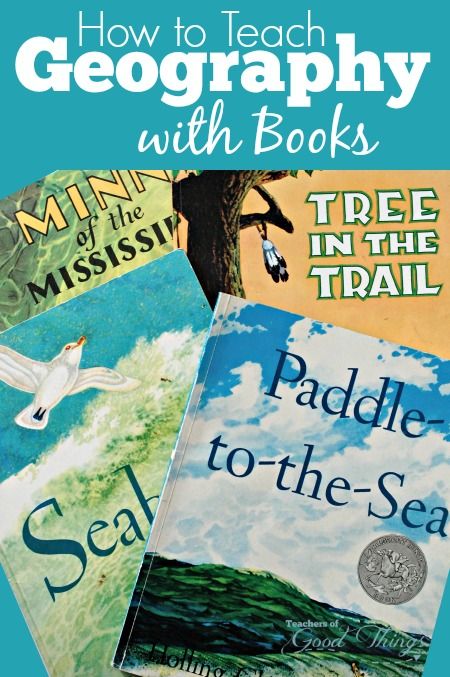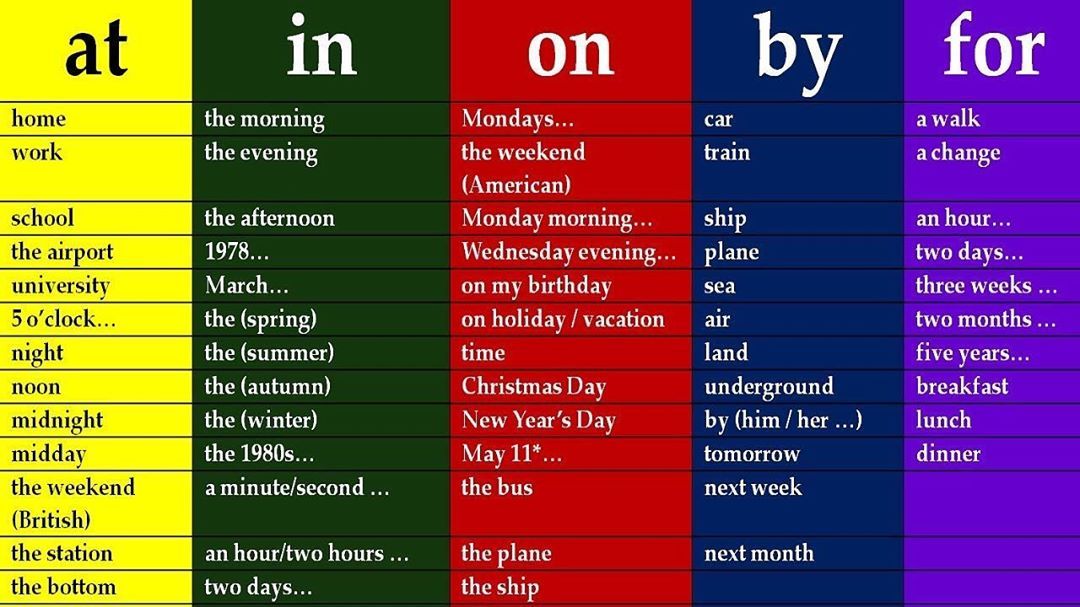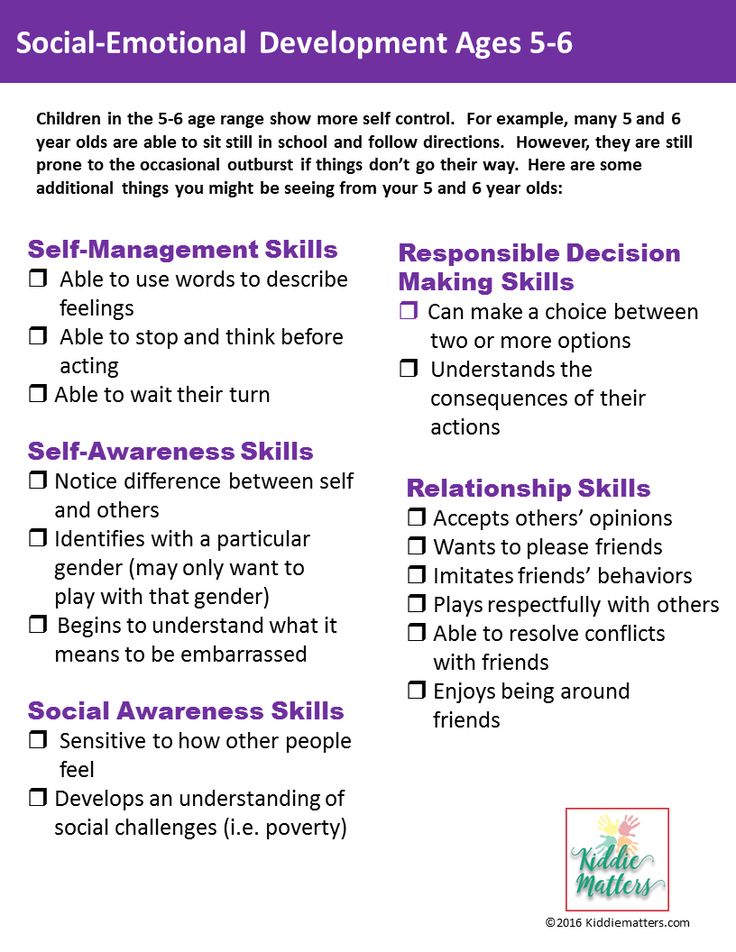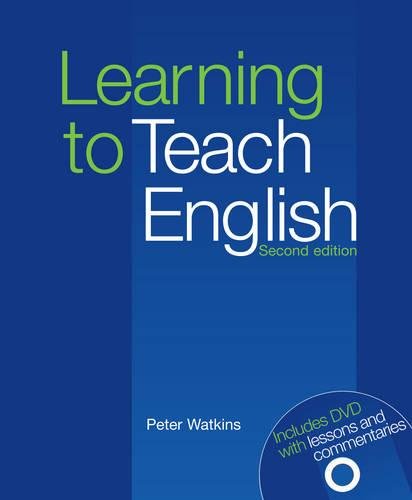How many colors should a 2 year old know
When Do Toddlers Learn Color? Questions Answered
Here’s a fun fact: Toddlers learn best during fun and play! Teaching colors can also be fun and interactive. Toddlers are naturally attracted to bright colors and teaching them how to recognize these colors can be effortless. This article will serve as an easy guide on how you can help your little ones learn and identify basic colors and shapes.
Image from Piqsels
When Do Toddlers Learn Colors
According to the American Optometric Association, an infant’s vision can significantly improve during the first few months after birth. Babies can already see shades of black, white, and gray while color vision will start to develop at around 4 months.
Depth perception will start developing after 5 months where your baby can see more clearly and follow movements with their eyes.
At 2 years of age, your child’s in-depth perception and eye-hand coordination should already be well developed. Children at this age are always on the move. Their curious little minds make them highly interested in looking around and exploring their environment. This is one of the best times to let them start learning colors and basic shapes.
Issues Toddlers Encounter When Learning Colors
Some children identify colors faster than others and some can identify only one or two. The rate of how fast kids learn multiple colors varies on their developmental stage. Frequent exposures through fun activities and color games can help strengthen your child’s color recognition skills.
Though learning colors may not be bright and sunny at all times. Parents encounter a lot of issues that hinder their child’s ability to tell color differences. For example, by presenting the same objects for color reference the child would likely associate those objects with their color name. For a child to be able to develop the ability to discern colors from the same object will take time and patience.
Developmental Issues in Learning Colors
Most children get confused with the different color shades at first, that is normal, you can’t expect every child to get it right the first time.
But in cases like, when your child is having difficulty verbally communicating the color names even if they know it or having trouble recognizing the green ball from the red one, aside from other colors, then they might be experiencing some developmental issues.
There are a lot of developmental concerns that can delay a child’s pattern of development. Color blindness, for one, can prevent the child from learning certain colors. Autism is another factor that can cause a developmental delay in learning shapes and color
Different Facets of Learning Shapes and Colors
For your little ones to be able to grasp the basic concept of color and recognize a shape is a developmental milestone. It is an age-specific task that young children can accomplish at a certain age.
We are living in a world filled with different colors that our children can see every day. From the blue sky to the green grass and a red ball in the backyard, your kids should be able to distinguish which color is which.
Allowing your child to be aware of the colors in their surroundings is understanding how important it is for them to understand the different aspects of learning colors.
Tips on How to Teach Colors and Basic Shapes to Toddlers
A toddler’s brain is like a sponge, they are ready to absorb everything that is going on around them. For them, the world is a big classroom. It is the perfect time for them to master foundations for future skills.
There are a lot of different ways that you can come up with creative ideas to help your child enjoy while learning. From indoor to outdoor activities to fun and games, the sky’s the limit. Here are some tips on how you can help your child learn the simplest forms of learning shapes and colors:
Related Read: How Can a Teacher Best Help My Child?
Try to Engage Them Is Simple Activities Like Painting and Color Matching
Trying to match the colors, like putting the blue block beside the blue shirt is one of the simplest ways to learn color matching. Aside from practicing their fine motor skills, it enhances their ability to recognize colors.
Aside from practicing their fine motor skills, it enhances their ability to recognize colors.
The idea of using colorful objects to help learn the primary colors is both fun and effective when dealing with toddlers.
Great Activity: 10 Cinco De Mayo Art Projects for Preschoolers to Celebrate Mexican Culture!
Painting is another creative and fun activity to help kids learn colors and shapes. Painting helps a toddler explore color mixing. It can be a little messy, but using washable paints can give your child the freedom to discover new colors on their own by mixing paints.
Image from PxHere
Same Color Games With Colorful Objects
Activities such as sorting red blocks from blue ones are also a fun way of encouraging the cognitive way of color sorting. You can also use flashcards or ask them to find objects around that house of the same color. Place down a colored paper on the table and let your child match it with the same colored block.
These kinds of activities can stimulate and reinforce your child’s mind to know the differences between various colors and objects they are trying to match. Color learning can also be a great way for parent and child bonding.
Learning perception is different between kids and adults. Kids mostly learn through association. Using colorful objects and associating them with different color names can be the best way to help them learn colors faster.
Engage Them With Coloring Activities
Color activities such as coloring books and color words are fun ways to keep them busy and occupied. Plus, it helps with color learning.
These types of activities can stimulate their creativity and also be an exciting way to introduce colors. Coloring materials can also foster their awareness of the different colors that they can use to color the whole image.
Allowing your child to take part in such activities can also strengthen their ability to focus, coordinate and cultivate their hidden creative talents. Letting them complete their coloring tasks can boost their self-esteem and sense of accomplishment.
Letting them complete their coloring tasks can boost their self-esteem and sense of accomplishment.
Related Read: How to Color Easter Eggs with Food Coloring & Natural Dyes
The Best Time Teach Shapes for Most Children
Most toddlers begin identifying primary colors at the age of 2 years old. But, naming shapes is a type of skill that might take a little longer to develop for some kids. Generally, at the age of 3, many children can already identify some of the more advanced shapes.
Common shapes such as squares, rectangles, triangles, and circles should already be recognized by toddlers aged 2 years old and above. It can be easily reinforced by pointing out objects inside the home that are shaped the same.
The Best Age for Toddlers to Learn the Alphabet
Learning the alphabet is another educational milestone that will prepare them in learning how to write and read in the future. Usually, young children should be able to recognize the alphabet at the age of three.
Though some will need more time to learn it, you can always help your child gain competency by teaching and encouraging them to sing the alphabet song daily. Colorful alphabet books and other visual aids can also make your child’s learning experience with letters fun and interactive.
Best Time for Toddlers to Start Learning Numbers
Introducing number recognition to toddlers is important to help them understand the concept of counting. Some children start counting from one to ten at the age of two. Though they can’t understand the concept, they can learn it through repetition.
Letting them count common objects that they can see around them is a great activity to exercise their mind. Kids learn faster if the topic interests them and using fascinating objects can keep them more engrossed with the learning activity. Though we all know that children learn and develop at different rates, learning numbers can happen in their own time.
Best Time for Toddlers to Learn Nursery Rhymes
Nursery rhymes can benefit toddlers through language and cognitive development. It is where they can learn new words, practice memorization, and easily recall. Nursery rhymes are also a great way to teach toddlers how to count and say the alphabet. But when is the best time to let your toddler memorize nursery rhymes?
It is where they can learn new words, practice memorization, and easily recall. Nursery rhymes are also a great way to teach toddlers how to count and say the alphabet. But when is the best time to let your toddler memorize nursery rhymes?
Most children who are exposed to nursery rhymes at a very young age can memorize and sing the tune at 2 years of age. By the time they are four, they can sing the tune with the lyrics. One of the best moments of being a parent is to watch your child sing along with their favorite nursery rhyme. It is both delightful and entertaining.
Best Time for Toddlers to Learn Sensory Skills
Toddlers use their sensory skills to explore the things around them. Sensory play and activities help promote a child’s sensory development. This can build up their ability to accomplish more complex tasks and support other skills such as language development, social interaction, problem-solving skills, and cognitive growth.
The best time for your toddlers to learn sensory skills is during the time when your child starts to react to different sensory experiences. Providing your children with more opportunities to actively explore their senses is crucial for their brain development.
Providing your children with more opportunities to actively explore their senses is crucial for their brain development.
Newborns from 0-to 12 months will already start using their sensory skills as an observer. They take in new sensations such as sound, smell, taste, and texture as an active participant.
By the age of 12 months, they will start grabbing and putting things in their mouth. When they reach the toddler stage it is easier to introduce the different senses through sensory activities. At this rate, they are slowly trying to get a grip of what their senses are for.
Related Read: Are Exersaucers Bad for Babies?
Image from Flickr by Nenad Stojkovic
Frequently Asked Questions
Should a 2 Year Old Learn Colors?
A two-year-old may not be able to understand the concept of colors completely but they should be able to identify at least one color at this age. By this time, the child should learn how to name colors and identify basic shapes and numbers. Allowing them to participate in fun activities can effectively help them learn primary and secondary colors faster.
Allowing them to participate in fun activities can effectively help them learn primary and secondary colors faster.
What Age Should Toddlers Identify Colors?
Most children can identify at least 2 colors when they are 3 years old. It is also the best time to play a matching game using the different objects that can be seen around them. There are a lot of ways that you can help your toddler learn colors more quickly. You just have to be more patient and supportive when teaching them.
Final Thoughts
You can make learning fun and stimulating for toddlers to help them accomplish their developmental milestones. Some of the kids will develop their skills sooner than others but allowing them to learn at their own pace can help them enhance their ability to accomplish more complex tasks in the future.
More on Child Development
- When Do Babies Stop Drooling | Drooling Questions Answered
- When Do Babies Hold Their Head Up? Know your baby’s Motor Development
- When do Kids Start Talking?
Developmental Milestones - Rainbows United
Ninety percent of a child's brain development occurs before the age of five.
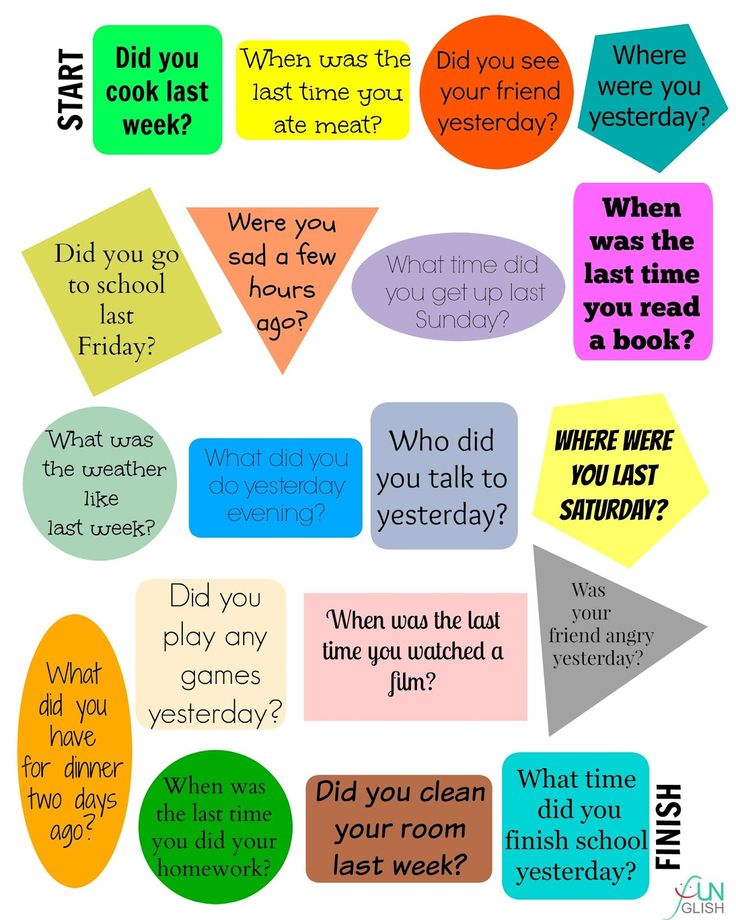
To get an idea of what young children your child’s age should be doing check out these developmental milestones.
Here are some of the signs of normal childhood development from birth to five years of age. Remember each child is different and may learn and grow at a different rate. However, if your child is not able to do several of the skills listed for his or her age group, you should consult your pediatrician.
You may also wish to have your child checked by a professional at the Connecting Point Developmental Screening Clinic, 267-3535. This service is offered at no charge.
At 3 months
Does Your Child: Turn head towards bright colors and lights, follow moving object with eyes, recognize bottle or breast, respond to loud sounds, grasp rattles or hair, wiggle and kick with legs and arms, lift head and chest while on stomach, smile, make cooing sounds?
At 6 months
Does Your Child: Turn towards source of normal sound, reach for toys and pick them up, roll over (both ways), move toys from one hand to the other, play with toes, help hold bottle during feeding, know familiar faces, babble, sit with minimum support?
At 12 months
Does Your Child: Pull self to a standing position, crawl on hands and knees, drink from cup, enjoy peek-a-boo and patty cake, wave bye-bye, put toys into containers, say 1-2 words, walk around furniture?
At 18 months
Does Your Child: Like to pull, push, and dump things, follow simple directions, pull off shoes, socks, and mittens, like to look at pictures, feed self some, use 8-10 words that are understood, walk without help, step off low objects and keep balance, stack 2-3 blocks, turn 2 or 3 pages at a time?
At 2 years
Does Your Child: Use 2-3 word sentences, say names of toys, recognize familiar pictures, feed self with spoon, play alone and independently, turn one page at a time, like to imitate parents, identify hair, eyes, ears, and nose by pointing, build a tower of 6 blocks, show affection, run well?
At 3 years
Does Your Child: Walk up steps alternating feet, ride a tricycle, dress with supervision, open door, play with other children, repeat simple rhymes, use 3-5 word sentences, name at least one color correctly, use toilet, take turns, hop on one foot, feed self with some spilling, wash and dry hands, throw a ball over head, avoid some dangers such as hot, follow one-step directions, identify big and small, verbalize toilet needs, know first and last name?
At 4 years
Does Your Child: Serve self food, brush teeth with help, put on simple clothes, copy lines, circles, and draw face, catch a bounced ball, swing unaided, point and name objects in books, move around immediate neighborhood, follow two- and three- step familiar directions, sort by shape and color, enjoy playing dress-up, share toys while playing with others, combine two or more sentences, ask “wh” questions, tell simple stories, know age and gender, point to 6 basic colors, know last name?
At 5 years
Does Your Child: Use fork and knife well, wash and dry face and brush teeth unaided, dress and undress unaided, draw simple figures, catch a tossed ball, jump over low objects, know simple songs or stories, cross the street safely, follow three- step unfamiliar instructions, name colors and numbers, engage in complex pretend play, initiate play and play with others, resolve conflicts with peers, can be understood by strangers, use past and future tense in complex sentences, answer “wh” questions, enjoy riddles and jokes, know phone number and address, walk backward heel-toe, run on tiptoe, print a few capital letters, recognize own printed name, lace shoes.
Find options for a FREE assessment
Development calendar: what a baby should be able to do at 2 years old
Each age stage has its own characteristics. It is the early age that is the time when the baby accumulates basic knowledge about the world and actively grows. Knowing the specifics of physical, intellectual and emotional development characteristic of a certain age, one can understand what skills are usually acquired by this moment, what to do with a baby and how to contribute to its development.
What a two-year-old should be able to do according to the Munich Diagnosis System
Parents who want to know the norms of psychomotor development of children under 3 years of age, it is useful to get acquainted with the system of the Munich functional diagnostics of development. It was developed in 1997 and includes practical indicators of child development. According to this diagnosis, by the age of two, a child should be able to:
- Walk on tiptoe without the help of an adult;
- Stand on one leg for a short time;
- Jump;
- Climbing up and down stairs while holding on to the railing;
- Open doors;
- Unscrew and screw on caps;
- String large beads on a string;
- Build towers with cubes;
- Throw and roll the ball;
- Name animals;
- Name parts of the body;
- Sort by colour, size and shape;
- Correlate the image in the picture with the real object;
- Sing songs;
- Speak in short sentences;
- Play with peers;
A two-year-old child is already quite independent.
The baby is already quite well developed coordination, he is constantly in motion. With the help of adults, a two-year-old is quite able to serve himself: go to the potty, drink from a cup, eat with a spoon, wash and dry his hands, undress. Support the initiative of the baby and give him freedom - so he will quickly learn independence.
Physical development of a child at the age of 2
The age from one to three is often called “walking childhood”, because it is at this time that the baby acquires and improves the basic motor skill - he learns to walk. Let's look at the physical development of a 2-year-old child in more detail.
- Walking . At this age, the child usually walks already quite confidently. A two-year-old can move both backwards and sideways, knows how to quickly stop and change direction. The step gradually becomes measured, the hands are lowered when walking. Also, while moving, the child can bend over, raise his arms, turn his head, hold something in his hands, etc.
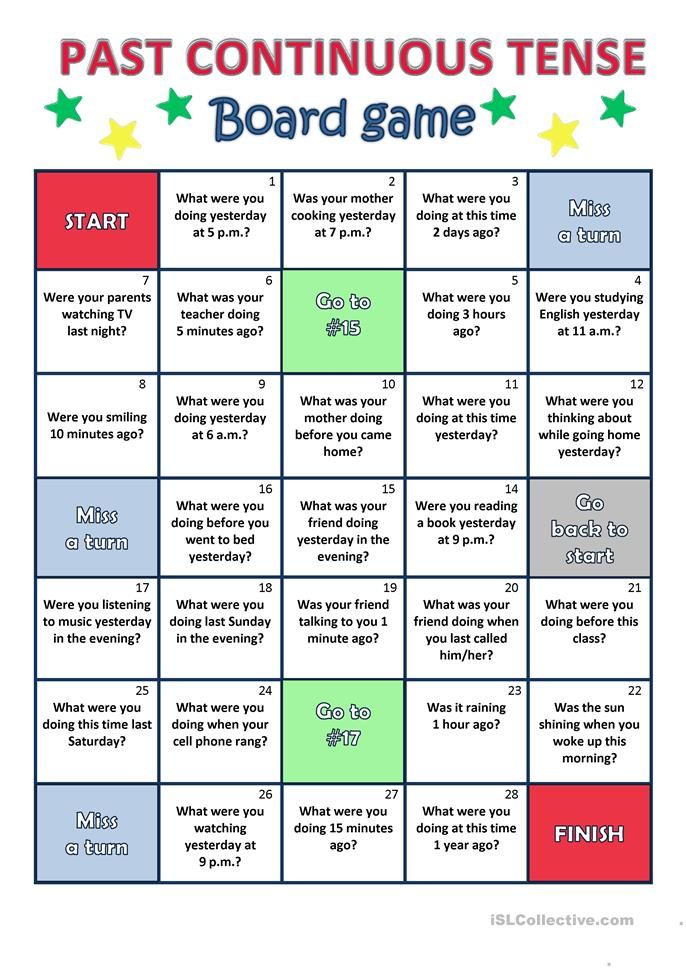
- Running. The running skill is just beginning to take shape at this age. The child loses balance due to insufficient formation of the vestibular apparatus and the center of gravity shifted upwards. Therefore, it is not surprising that a 2-year-old baby often falls and earns bruises.
- Jumping. In order to learn to jump on two legs, the child must have developed coordination and muscular corset. Daily implementation of simple exercises will help to speed up this process.
At 2 years old, babies love everything that is connected with movement. Children of this age can run, jump, climb on the playground almost without stopping. Movement brings great benefits to children - they learn to control their body. At the same time, the kids get to master their hands faster (in particular, the hands), and the feet obey much more slowly.
- Stair access. Stairs often become a favorite place for children on playgrounds.
 Kids 2 years old really like to overcome obstacles and conquer peaks.
Kids 2 years old really like to overcome obstacles and conquer peaks. - Riding a scooter, balance bike, tricycle. By the age of 2, many parents buy their children a scooter or balance bike. These acquisitions not only cause great joy in the child, but also contribute to his physical development. Children sit down for a bicycle later, closer to 3 years, since it is not at all easy for a baby to pedal.
Developmental classes in the children's center "Sozvezdie"
View all
Development of fine motor skills at 2 years
It is known that the improvement of fine motor skills is closely related to the intellectual and speech development of the baby. At the age of 2 years, children are especially interested in playing with small objects, shifting them, sorting, stringing beads. Most often, it is at this age that the leading hand of the child is determined, but it is useful to do all the exercises with both hands (in turn and at the same time). For ideas on developing your toddler's fine motor skills, watch this video:
Most often, it is at this age that the leading hand of the child is determined, but it is useful to do all the exercises with both hands (in turn and at the same time). For ideas on developing your toddler's fine motor skills, watch this video:
Perception development in two year olds0005
If in the process of movement the baby explores the possibilities of his body, then with the help of perception (vision, hearing, smell, touch, taste) the child learns the world around him.
- Vision . It is with the help of vision that children, like adults, receive most of the information about the world. Children at the age of 2 already have a good command of visual coordination and are able to follow a moving object with their eyes, distinguish between horizontal and vertical lines. However, they still cannot perceive the whole and the parts at the same time, therefore, if the baby is in the crowd, it will be difficult for him to quickly find his adult.

- Rumor . It is worth paying attention to the auditory perception of the child, since with hearing problems, the baby is likely to experience difficulties in speech development. At 2 years old, a child should be able to distinguish between intonation well and understand simple requests.
- Taste and smell . In our culture, for some reason, almost no attention is paid to the role of these analyzers in the exploration of the world by a baby. At the same time, in France, the development of taste buds is regarded as an important step in the psycho-emotional development of a child.
- Touch . Tactile contact with significant adults is very important for the mental and physical health of the baby. It is thanks to him that children develop trust in the world, feelings of security and love. In early childhood, tactile perception of objects is on a par with visual perception. Toddlers get ideas about such concepts as cold / hot, hard / soft, smooth / rough precisely through tactile sensitivity.

For the development of a child of 2 years old, it is very important that the baby receives as many impressions as possible. At the same time, it is desirable that information be obtained from different sources. In the children's center "Constellation" for the harmonious development of children, a Montessori environment has been organized, from which each child can learn exactly what he needs at the moment.
Speech development at 2 years old
What speech skills should a 2 year old child have? What is the peculiarity of the speech development of babies at this age?
- Speaks in simple sentences;
- Basically, calls nouns;
- Uses verbs infrequently;
- Makes requests and voices his needs (I want, give, please, thank you, etc.)
- Has a large passive vocabulary;
- Speech is emotionally colored, accompanied by gestures and facial expressions;
- Can pronounce about 200 words;
- Asks questions (what? where? when?).

By the age of 2, the child's speech acquires the function of communication. In addition, kids often voice any of their actions. The more time you spend with your child and talk to him, the more intensively his speech will develop.
Developmental classes in the children's center "Sozvezdie"
View all
Personal hygiene skills
A two-year-old child is already quite independent, and many parents strive to instill in their baby self-care and personal hygiene skills. If you approach this issue wisely, then at 2 years old the child will be able to independently:
- Wash;
- Wash hands;
- Brush your teeth;
- Go potty.
Potty training is a problem for many. Someone is trying to forcibly put a child on a potty, while someone does not attach much importance to this skill. Scientists have found that children themselves begin to strive to go to the potty at the age of 1.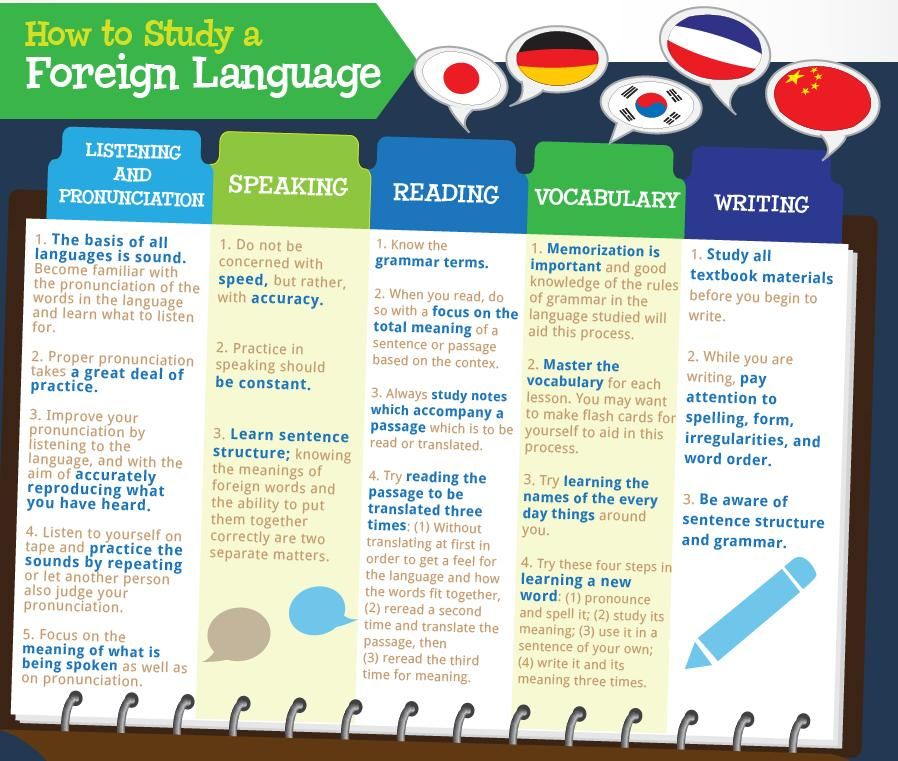 5 - 2.5 years. Until this time, babies are just learning to control their intestines and bladder. Therefore, by no means should you scold the child for “wet deeds”. If the baby himself wants to go to the pot, be sure to encourage this, praise any attempt by the child to control his body and be patient. Someone learns to potty quickly, and someone at 2 years old constantly pisses in his pants, but this is not a deviation from the norm. Be patient, and your baby will definitely learn to go to the potty.
5 - 2.5 years. Until this time, babies are just learning to control their intestines and bladder. Therefore, by no means should you scold the child for “wet deeds”. If the baby himself wants to go to the pot, be sure to encourage this, praise any attempt by the child to control his body and be patient. Someone learns to potty quickly, and someone at 2 years old constantly pisses in his pants, but this is not a deviation from the norm. Be patient, and your baby will definitely learn to go to the potty.
Conclusions
So, a two-year-old child is already an independent person with his own character. At this age, the baby acquires many new self-service skills, his physical, intellectual, speech, emotional development improves. The main achievement in the motor sphere is confident walking. Now the child can perceive the world even more fully and vividly.
Conclusion
2 years is the age when the baby is constantly striving to learn something new, he is fascinated by everything.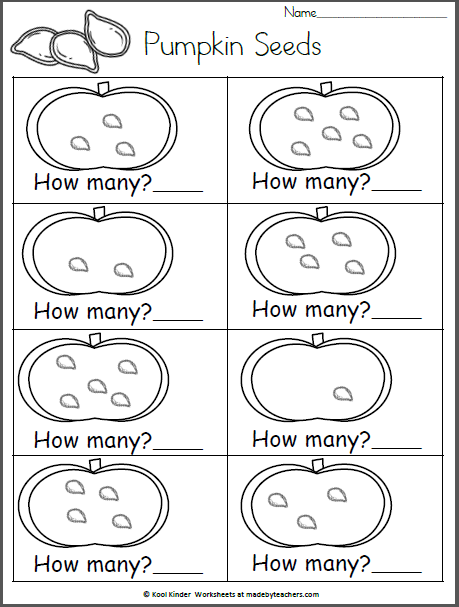 It is very important to support the initiatives of the child and create favorable conditions for his development. The children's Montessori Center "Constellation" has everything for the harmonious development of your baby. In our club for children 2 years old, classes are held in the following areas: general developmental classes, speech therapy classes, fitness for kids, music lessons, English, rhythm and dance, creative workshops. We are waiting for you in our children's center!
It is very important to support the initiatives of the child and create favorable conditions for his development. The children's Montessori Center "Constellation" has everything for the harmonious development of your baby. In our club for children 2 years old, classes are held in the following areas: general developmental classes, speech therapy classes, fitness for kids, music lessons, English, rhythm and dance, creative workshops. We are waiting for you in our children's center!
Prepared by a Montessori teacher
Malysheva Evgenia
The story about the Children's Club "Constellation"
We invite kids to visit the Children's Club "Constellation" We have children aged from 8 months to 7 years old.
List of things that a child should be able to do at 1.5-2 years old
How to understand if everything is in order with the mental and speech development of a child at 2-3 years old? In fact, a child's skills directly depend on the amount of effort and attention of parents to his upbringing.
Each baby develops individually, but there are still average parameters that will help you understand if your child has any problems.
All the necessary skills can be divided into three groups.
1 Motor skills and coordination
Normally, a two-year-old child, in addition to purposeful walking, masters quite well:
- stepping over obstacles;
- climbing and descending stairs and inclined surfaces;
- short distance running;
- low jumps;
- walking on a log or curb;
- passing the ball with the foot;
- turning and walking backwards;
- I catch the ball with both hands.
2 Psycho-emotional development and social adaptation
What should a child do at two years of age? On his own, he can already:
- wash his hands and face;
- eat liquid meals with a spoon;
- go to the potty;
- put on and take off some things;
- draw scribbles on paper;
- to collect a pyramid of rings of different sizes.

At two years old, a child is not yet able to control thinking and memory — these mental processes are beyond his control. His attention is easily switched with the help of a more interesting or new activity. But at this stage of development, kids grasp everything new on the fly and easily absorb information.
But the coordination of movements is still quite poorly developed. To keep balance, babies often spread their arms, and when moving quickly, they have difficulty stopping. They also continue to fall frequently. But a child at this age is already able to control both hands quite well.
In child psychology there is an element of imitation: copying the behavior of an adult. Children love to wash, clean, cook with their parents, showing independence. Such aspirations should be encouraged (especially since this is another way to find something to do for the baby).
Don't miss
-
Don't miss
How to Sterilize Baby Bottles at Home: Tips and Affordable Ways
By the age of two, babies become more sociable: they begin to show interest in strangers and play with other children.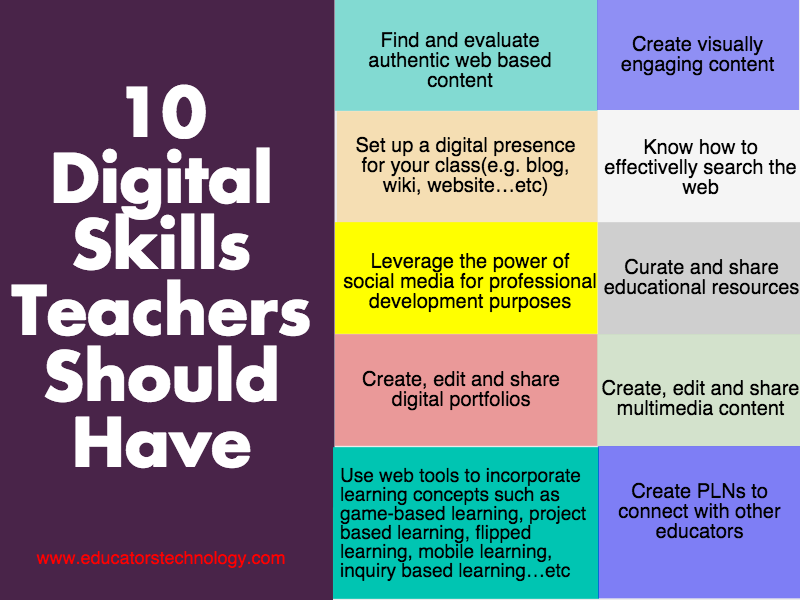 It is easier for them to make contacts and interact with others, which leads to the first quarrels and conflicts. The child's speech becomes emotional, facial expressions, movements and exclamations appear.
It is easier for them to make contacts and interact with others, which leads to the first quarrels and conflicts. The child's speech becomes emotional, facial expressions, movements and exclamations appear.
3 Mental and speech development
By the age of two, your child should be able to:
- recognize primary colors;
- be able to group objects by color;
- know the basic geometric shapes;
- distinguish the properties of objects, such as hot or cold, light or heavy;
- be able to name and show parts of the body and face.
5 exercises to test what a two year old can do
1. Shapes. Prepare three three-dimensional figures and three holes suitable for them (you can cut them out of cardboard or buy a ready-made sorter toy). Your child must confidently push at least one figure into the right hole.
2. Colours. Take sheets of yellow, red and blue paper.